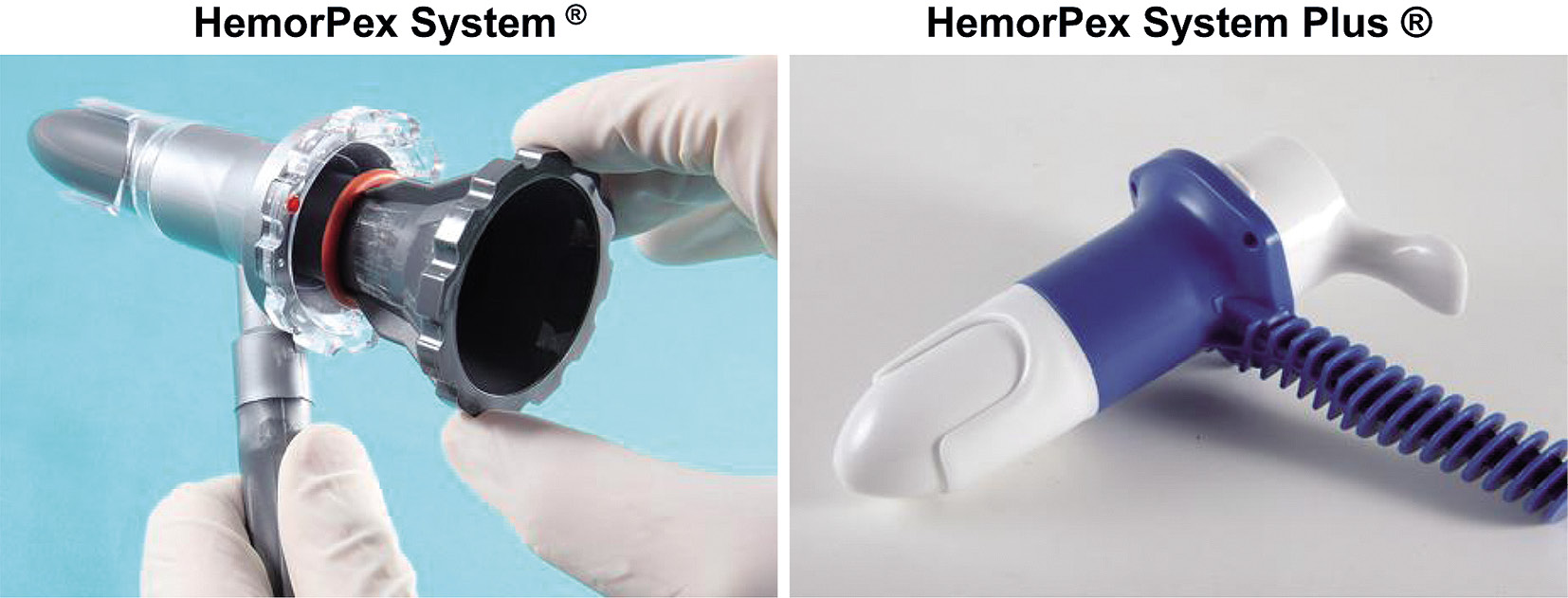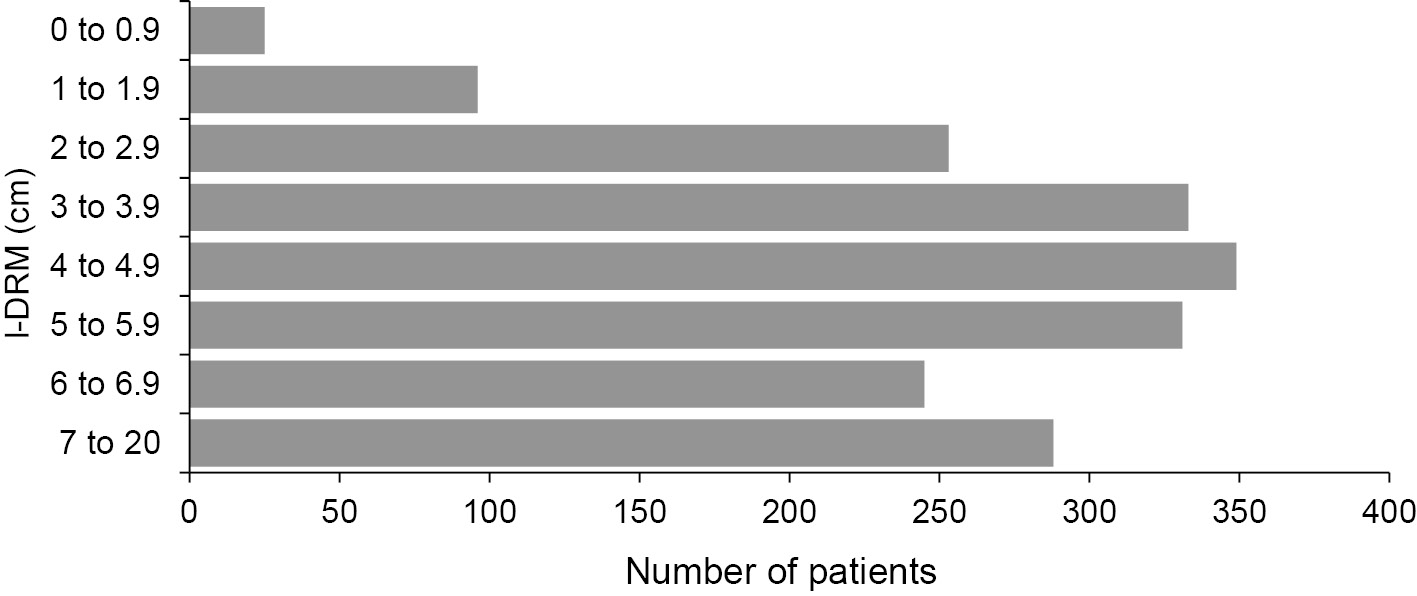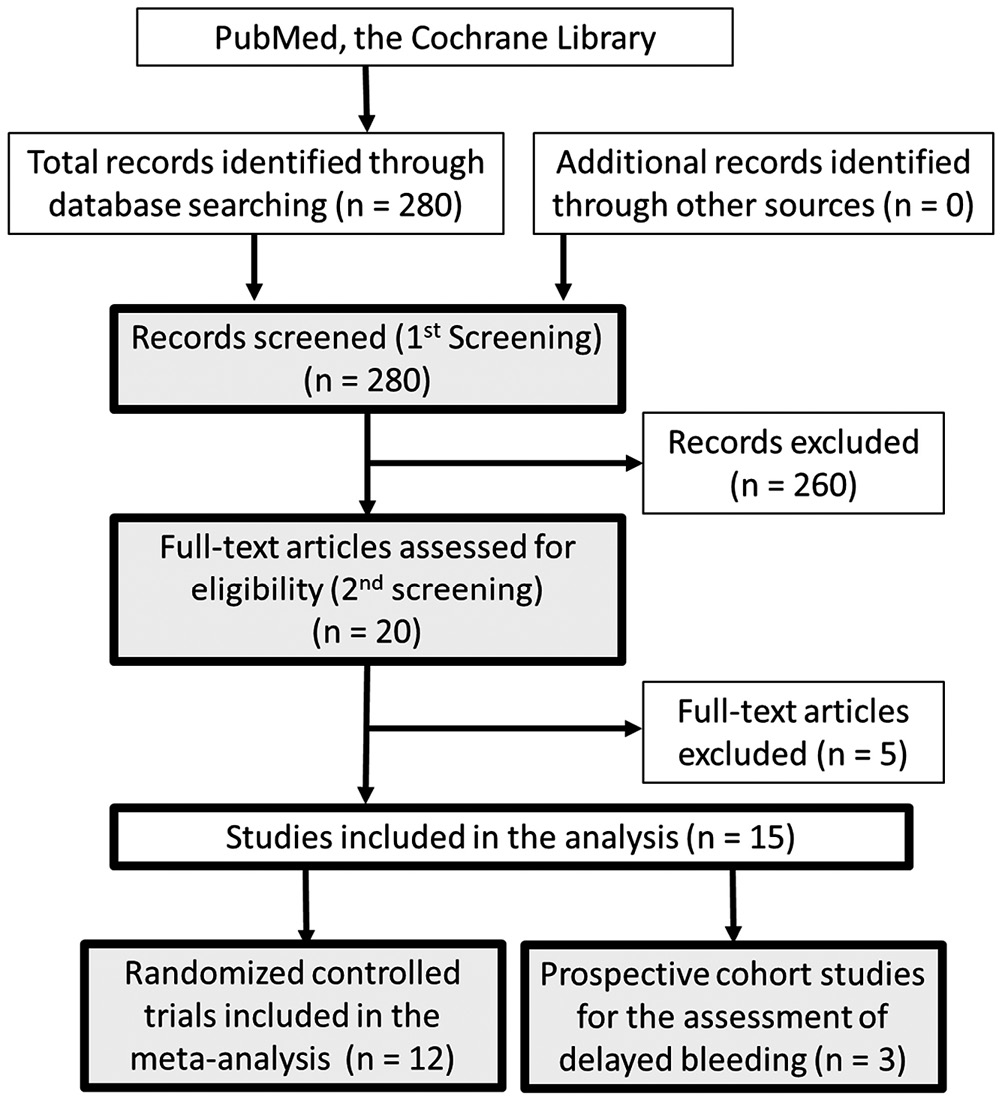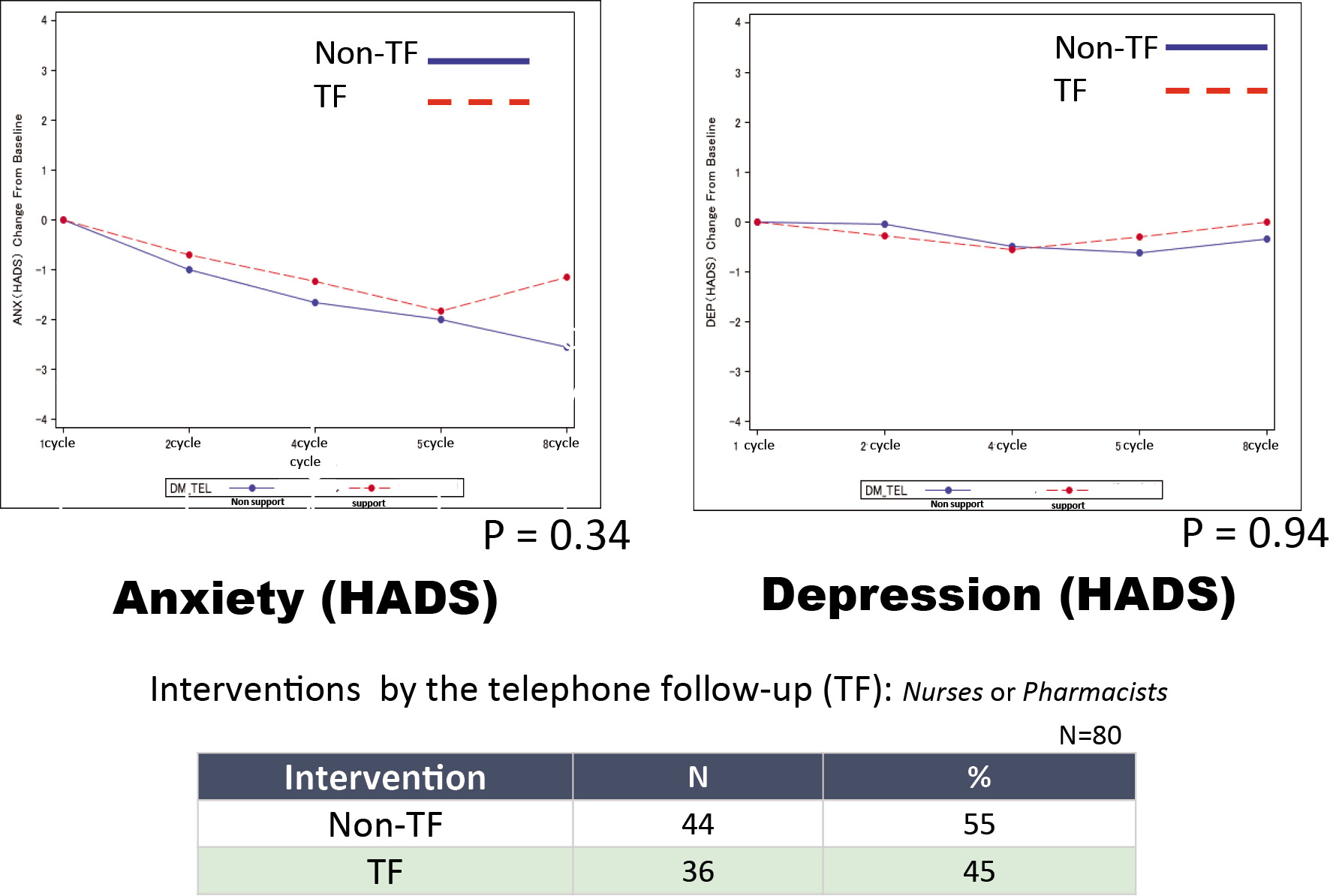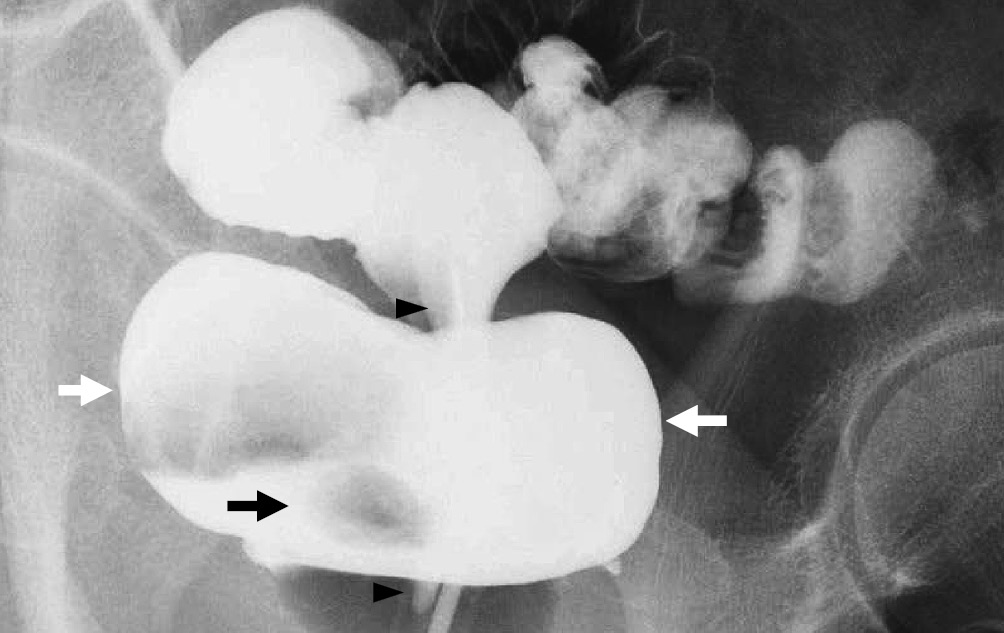4 巻, 2 号
選択された号の論文の6件中1~6を表示しています
- |<
- <
- 1
- >
- >|
Review Article
-
2020 年 4 巻 2 号 p. 47-50
発行日: 2020/04/28
公開日: 2020/04/28
PDF形式でダウンロード (122K)
Original Research Article
-
2020 年 4 巻 2 号 p. 51-58
発行日: 2020/04/28
公開日: 2020/04/28
PDF形式でダウンロード (1697K) -
2020 年 4 巻 2 号 p. 59-66
発行日: 2020/04/28
公開日: 2020/04/28
PDF形式でダウンロード (158K) -
2020 年 4 巻 2 号 p. 67-78
発行日: 2020/04/28
公開日: 2020/04/28
PDF形式でダウンロード (2279K)
Clinical Research
-
2020 年 4 巻 2 号 p. 79-84
発行日: 2020/04/28
公開日: 2020/04/28
PDF形式でダウンロード (239K)
Case Report
-
2020 年 4 巻 2 号 p. 85-88
発行日: 2020/04/28
公開日: 2020/04/28
PDF形式でダウンロード (356K)
- |<
- <
- 1
- >
- >|

